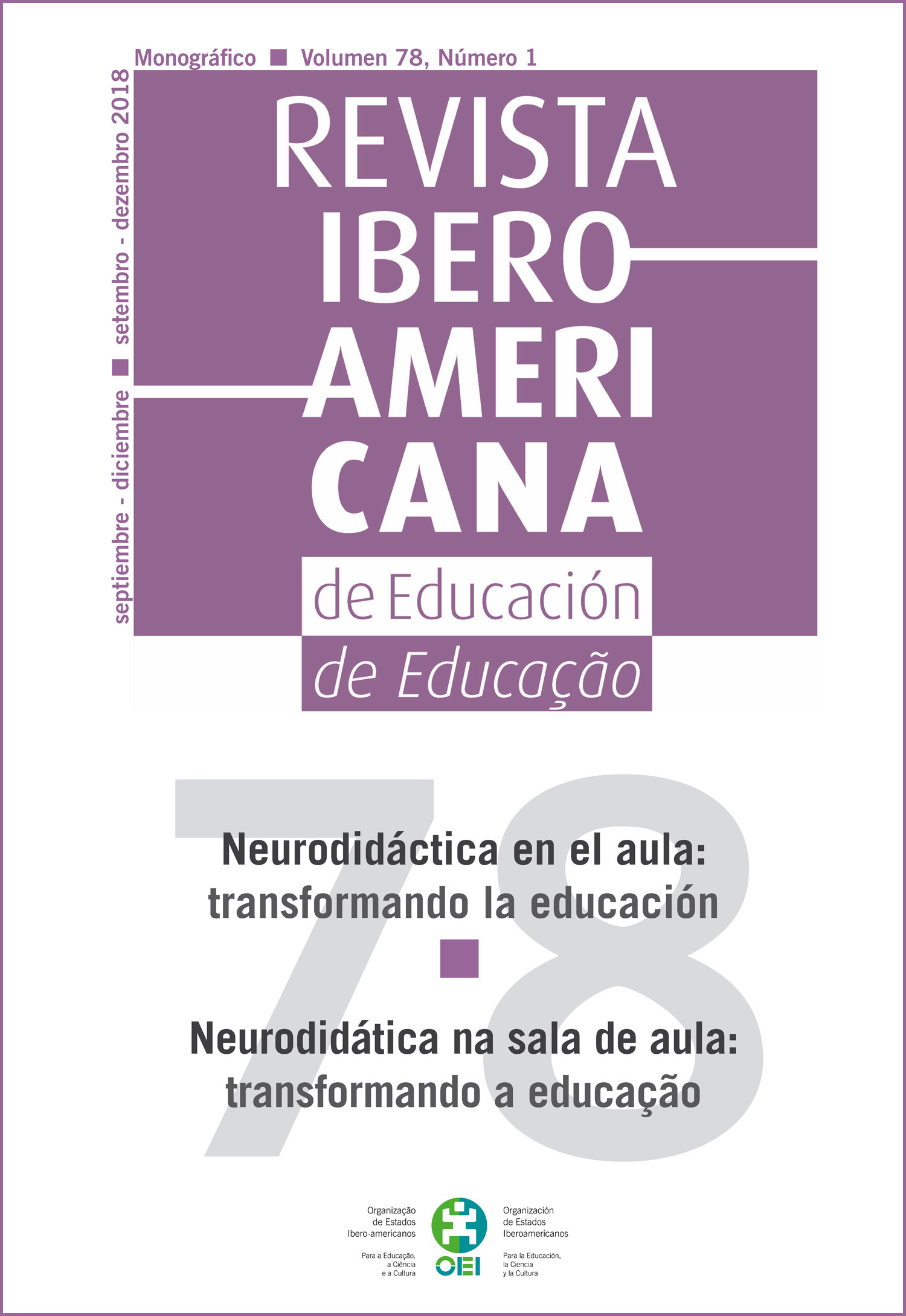Preventing the consumption of psychoactive substances. A contribution from neuroscience and learning based on PBL projects
DOI:
https://doi.org/10.35362/rie7813214Keywords:
anti-drug addiction education, learning through experience, neuropsychology, psychological factors, risk prevention.Abstract
The consumption of psychoactive substances in young people is alarming and it is the duty of educational institutions to respond to this great challenge with projects that prevent and mitigate the problem; For this reason, this research project implemented a community participation strategy based on project-based learning, PBL, as an innovative methodology in the teaching-learning processes mediated by ICT. The PBL methodology offers students the possibility to manage, analyze, and synthesize a final product that specifically responds to the challenge formulated by each research team. This project has its theoretical foundation in the contribution of neuroscience, which was very important to understand the functioning of the brain, and the affectations due to the consumption of psychoactive substances PAS. An analysis of the incidence of the pedagogical strategy showed that the greater the knowledge of risk factors and the negative impact of psychoactive substances, the greater the prevention of drug consumption by students
Downloads
References
Bermúdez, C. (2002). La prevención integral en la institución escolar. Cali: Corporación Caminos.
BrainBox. (2014). Funciones cerebrales que nos hacen diferentes. Lima: Cerebrum Ediciones.
Hernández, F. (1997). Metodología de la investigación. Bogotá: McGraw Hill.
Ministerio de Educación Nacional. (1994). Ley General de Educación. [Ley 115 de 1994]. Bogotá.
Ministerio de Educación Nacional. (2014). Estudio nacional del consumo de sustancias psicoactivas en Colombia. Bogotá. Recuperado de https://www.unodc.org/documents/colombia/2014/Julio/Estudio_de_Consum z_UNODC.pdf
Ministerio de Justicia y del Derecho. (2013). Estudio Nacional del Consumo de Sustancias Psicoactivas. Bogotá: Alvi Impresores S.A.S.
Ministerio de Justicia y del Derecho. (2016). Proceso de Paz. Bogotá. Obtenido de http://186.155.29.74/INICIO/Noticias/ArtMID/2976/ArticleID/2405/Ministeriode-Justicia-explic243-el-cuarto-punto-del-proceso-de-paz
Prieto, L. (2006). Aprendizaje activo en el aula universitaria: el caso del aprendizaje basado en problemas, en Miscelánea Comillas. Revista de Ciencias Humanas y Sociales, 64(124), 173-196.
Observatorio de Drogas de Colombia (ODC). (12 de mayo de 2015). En Colombia se consumen sustancias muy dañinas, traídas de Europa y EEUU. Recuperado de https://www.odc.gov.co/INICIO/Noticias/ArtMID/2976/ArticleID/1164/%E2%8 0%9CEn-Colombia-se-consumen-sustancias-muy-da241inas-tra237das-deEuropa-y-EEUU
Organización Mundial de la Salud. (2003). Formato ASSIST V3.0. Recuperado de http://www.who.int/substance_abuse/activities/assist_spanish.pdf
How to Cite
Downloads
Published
Issue
Section
License
Any authors who publish with this journal accept the following terms:















